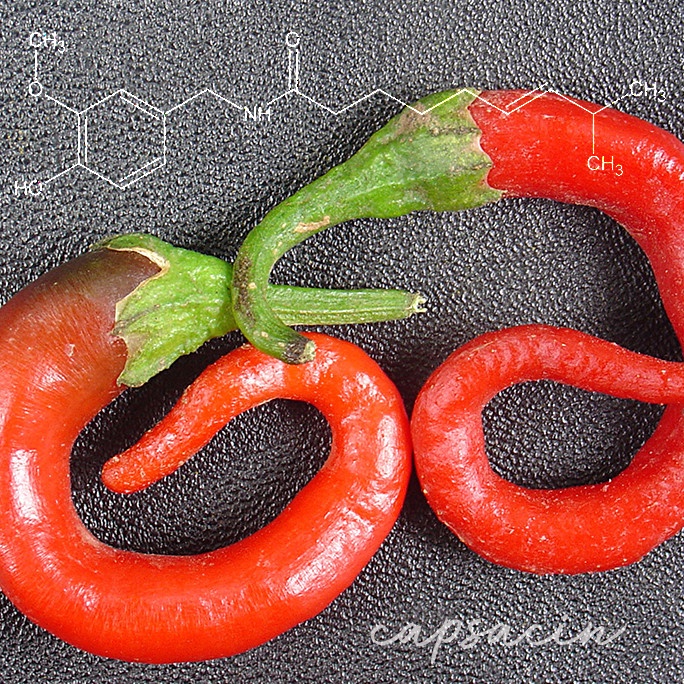ABOUT THE BOOK
Herbal Constituents, 2nd Edition, is a concise yet thorough textbook for students and practitioners of botanical medicine (clinical and medical herbalists, naturopaths, holistic practitioners, pharmacists, physicians). Using examples from popular herbs, it explains concepts from phytochemistry and pharmacognosy that are important for understanding the characteristics and actions of botanical medicines. Illustrated with structure drawings, and written by an clinical herbalist with extensive training in biology and chemistry, this unique book brings together the wisdom of traditional practice and contemporary science. Featured in this new edition are sections on Cannabis pharmacy, integration of current research, and expanded content in every chapter.
Order Indie Here or grab it on Amazon
Table of Contents
Here's a sneak peak into the chapters and topics covered in the second edition of Herbal Constitutents:
-
Chapter 1: The Foundations of Herbal Chemistry
-
Chapter 2: Solubility and Extraction of Herbal Constituents
-
Chapter 3: Synergy and Variability in Herbs and Formulas
-
Chapter 4: Herbal Constituents Outline
-
Chapter 5: Carbohydrates in Medicinal Plants
-
Chapter 6: Lipids in Medicinal Foods and Herbs
-
Chapter 7: Amino Acids and Derivatives
-
Chapter 8: Polyphenols
-
Chapter 9: Terpenoids
-
Chapter 10: Alkaloids
-
A Phytochemical Folk Tale: The Colors of Vitality
-
Phytochemical Glossary
-
Recommended Reading
DOWNLOAD FULL TABLE OF CONTENTS PDF
Introduction to the Second Edition
Since the first edition of Herbal Constituents came out in 2009, the abundance of research published on medicinal herbs and their constituents is genuinely exciting and inspiring. Exciting, because we know so much more about the inner workings of plants than ever before – and inspiring because increasing numbers of scientists and practitioners want to know how herbs work and how to make the best therapeutic use of them. No longer is herbalism so widely perceived as a kind of hocus-pocus or hippie frippery (or dangerous rejection of ‘real’ medicine); the world is finally taking it more seriously and progressively integrating medical herbalism with conventional practice. I believe this is as it should be: let herbalism contribute what herbalism does best (nourishing, supporting, empowering, building vitality, and catalyzing the body/mind/heart/spirit to heal itself) and let contemporary medicine jump in when needed with its powerful diagnostic and treatment skills. I believe the intelligent and open-minded synergy of these approaches will bring the practice of all kinds of medicine more firmly into the realm of true holistic healing.
The second edition of Herbal Constituents aims to clarify and expand earlier material in light of the new research and informed by my additional decade of experience as a practicing herbalist, botanical pharmacist and dietary supplement formulator. During this period, I also served as director of the Colorado School of Clinical Herbalism, which teaches a Vitalist approach to medical herbalism and nutrition. This experience has greatly expanded my understanding of the relationship between herbal constituents, energetics, and actions; and has given me deeper insight regarding the contribution of phytochemistry to botanical medicine and restorative nutrition. Based on these developments, I offer the reader an updated and expanded tool kit for increasing and applying their knowledge of phytochemistry. I hope to inspire more ways of using that knowledge for choosing, extracting, and formulating with herbs in ever more effective and elegant combinations and products.
Another major development since Herbal Constituents first appeared is the widespread legalization of medical Cannabis and the emergence of Hemp (and its main cannabinoid, CBD) as a popular medicinal agent. This edition expands on material concerning the cannabinoids, which are now usually classified as terpenophenolic compounds. This promising herb also contains synergistic terpenoids (specifically, monoterpenes and sesquiterpenes), flavonoids, and other interesting bioactive constituents. Many more studies on the actions of these compounds have been published over the last several years, and our understanding of their potential is rapidly expanding. For those of you interested in traditional Cannabis pharmacy and formulation, I have included more on this in Chapter 2, Solubility and Extraction.
So down the phyto-rabbit-hole we go – where reality gets curiouser and curiouser. May this book guide you well through the science and mysteries of the inner workings of herbs – with their miniscule yet puissant phytochemicals and their complex interactions and manifestations!



